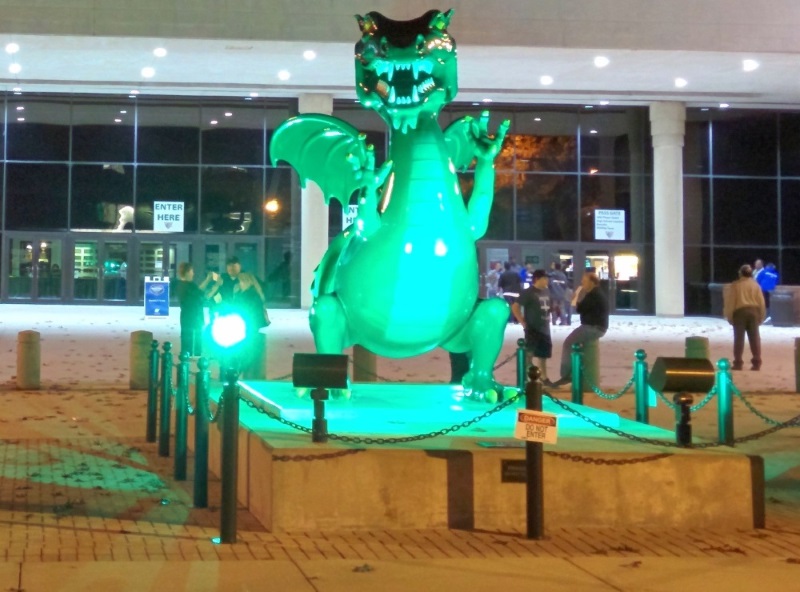 I’ve been sitting back and watching all the buzz online today with regard to UAB while starting to get ready for my turn to manage a weekly online journalism chat, but I’ve got to share some of the thoughts and questions on my mind:
I’ve been sitting back and watching all the buzz online today with regard to UAB while starting to get ready for my turn to manage a weekly online journalism chat, but I’ve got to share some of the thoughts and questions on my mind:
1) I’m still wondering why Jabo Waggoner has stayed so quiet for so long? Why is that what’s on my mind? A timeline I created for a presentation about this suggests both Williams AND Waggoner were present for a late October meeting with UAB officials. Williams has been quite vocal while Waggoner’s made very few statements.
2) Most of the buzz from today jives with earlier statements made. Just because we don’t always pay attention to what’s been said doesn’t mean it hasn’t been public. It may just mean that emotions are strong on this issue (and rightfully so).
3) Assuming the bill that requires UAB must field a team passes, how do we as a community make sure the university as a whole (and the athletics department in particular) is not in this same position in 4-5 years? If UAB is going to get back a football team (and I, for one, hope that’s the case at some point), how is a similar financial situation kept from happening again? We will be making history anyway as the first state in the country to require that a university field a football team, so we probably want to make sure it stays viable to field teams for as long as possible (especially as we wait to see how the state will attempt to handle its own funding gap in the coming months).
4) Why did so many folks “wait to be asked” to do something if it’s been an issue for years? I’m not talking about those who’ve long served faithfully as boosters to the program, but those who would’ve made the burden less stressful (i.e., major corporate citizens). If it’s always been suggested that we must volunteer to lead instead of waiting to be asked, why point to not being asked as a reason for sitting on the sidelines instead of seeing the need and filling it? Will “they” step up and serve if asked (as they will need to moving forward)?
Then again, perhaps that same question can be asked about several issues currently facing the city and the region…
5) Can we take a moment and say how proud we are of the men’s basketball team for their NCAA tournament run for a little while longer? They did their university and this city proud and will probably be on more than a few radars next year.
6) When we look back, will this be a case of attempting to see what will get the home rule debate before the state’s citizens in a palatable way? If you take out UAB and insert the name of any major city in the state, isn’t it really about home rule? Is a constitutional amendment regulating an athletic team as important as ones that deal with the issues truly affecting the state right now? I’m a home rule fan. I’m not a fan of home rule with strings attached being dictated by the Legislature as is the case right now (see Question #3).
It may be oversimplifying a lot of what’s going on today, but it’s what I’ve got. Chime in if you have a moment (or if I’ve missed some questions — and believe me, there are a lot more that need to be asked of all sides on this one).
###
By the way: Before I forget, I’d like to acknowledge a former UAH athlete not getting a lot of attention in Alabama in recent weeks – Cam Talbot. Talbot is the backup goalie for the New York Rangers and, in the absence of their number 1 goalie due to a damaged blood vessel, he’s once again proven he’s, as the Wall Street Journal calls him, “the best insurance policy in the NHL.” 36 saves last night alone – insane.
André Natta is the stationmaster of bhamterminal.com.





 Yes, there’s recently been a significant amount of focus on proposed plans for I-20/59. Diehards have been aware of the topic since
Yes, there’s recently been a significant amount of focus on proposed plans for I-20/59. Diehards have been aware of the topic since 
